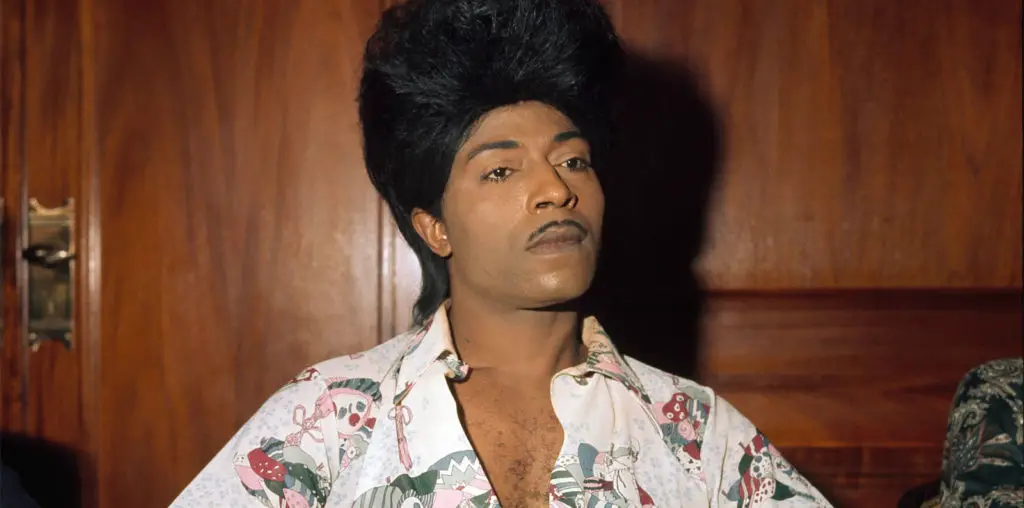
“The Iron Lady” is a terrible movie that is saved by an absurdly fascinating performance. It frames the life of former British Prime Minister Margaret Thatcher as the jumbled recollections of a half-senile old wreck who bangs around her home while having intensive conversations with the ghost of her late husband Dennis. Odd bits of business – a few notes from an old show tune, a glance at a half-forgotten figurine, a harsh word spoken in conversation with confused housekeepers – sets off the eponymous figure into recalling significant moments when she crashed the class and gender barriers of British politics and realigned the schematics of modern British society.
The basic problem with this concept is that it is borderline libelous in its depiction of today’s Thatcher as a hallucinatory old loon who bickers with her ghostly husband – he behaves like a “Carry On” buffoon while she pours herself generous glassfuls of whiskey. From what I can gather via press reports, Thatcher has been in poor health over the past decade following a series of mini-strokes. Yet you wouldn’t know that from this film, which has Thatcher engaged in vigorous housecleaning and endless fiery monologues – not exactly the kind of behavior that one associates with an elderly woman recovering from a series of strokes.
But historical accuracy is rarely on display in “The Iron Lady.” Abi Morgan’s shallow screenplay leaves out considerable chunks of Thatcher’s life – especially her pre-Parliament careers as a chemist and barrister, the details of her four years as opposition leader prior to her ascension to the Prime Minister’s office, and the intricacies of her domestic and foreign policy achievements (most notably her prescient view of Mikhail Gorbachev as a Soviet leader who was genuinely interested in improving relations with the West). Other incidents presented here are complete fabrications, most egregiously her allegedly melodramatic reaction when fellow MP Airey Neave was killed by an IRA car bomb (the film has her running to the car’s burning wreckage – in truth, she was nowhere in the vicinity of the murder).
What the film has going for it – and what is probably the only reason anyone will want to see this release – is Meryl Streep’s star turn as Thatcher. As usual, she does a spot-on job with accents (in this case, Thatcher’s evolving speech pattern, which underwent diction coaching on her rise to the political top). And Streep has a fine ally in make-up Marese Langan, who does one of the greatest make-up jobs in biopic history.
However, Streep seems to believe that Thatcher was really a Method Actor. In a totally weird display, Streep turns the stoic, no-nonsense prime minister into a living warehouse of hand gestures, rolling eyes, fidgets and externalized emotions. Rather than embrace the spirit of the Iron Lady, Streep’s crazy physical performance seems to be channeling Geraldine Page’s performance in “A Trip to Bountiful.”
Streep’s interpretation is not Margaret Thatcher, by any stretch of the imagination, but it is highly compelling and deeply entertaining – if only for the wrong reasons. It actually calls to mind a comment that Pauline Kael once made about Bette Davis: if she cannot dominate a film with a great performance, she’ll dominate a film with a bad performance. And while Streep makes a valiant attempt at dramatic alchemy with her antics, she cannot turn the tinny inanity of “The Iron Lady” into solid gold.

